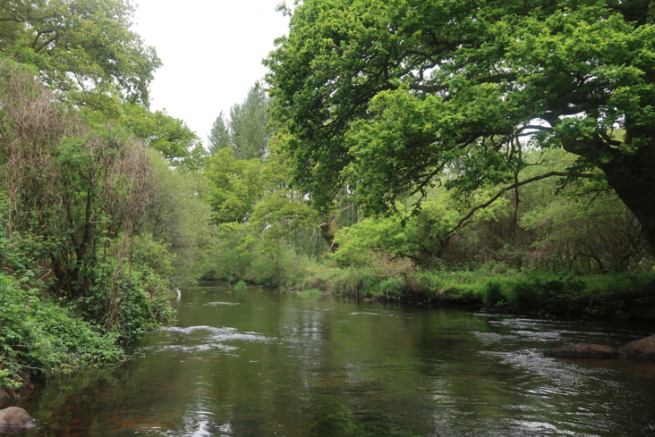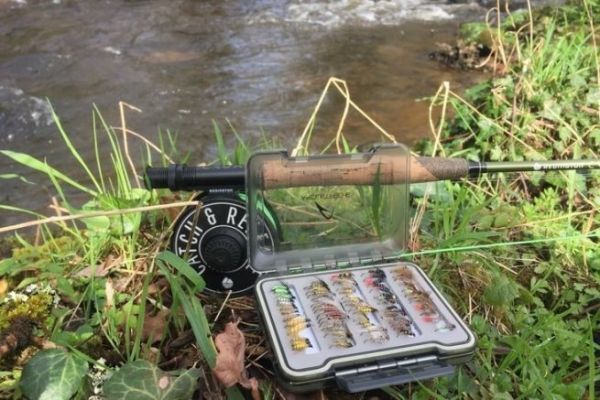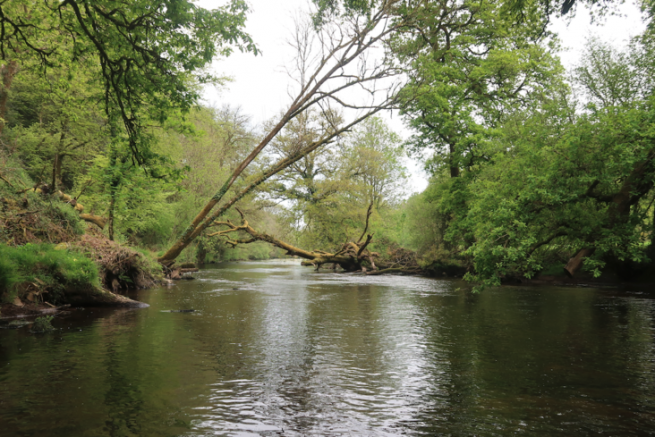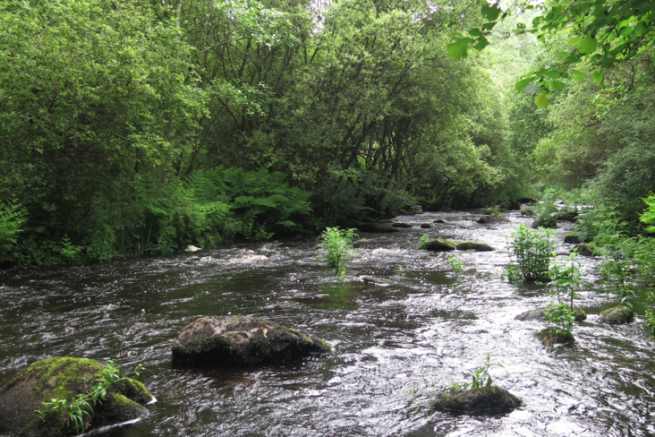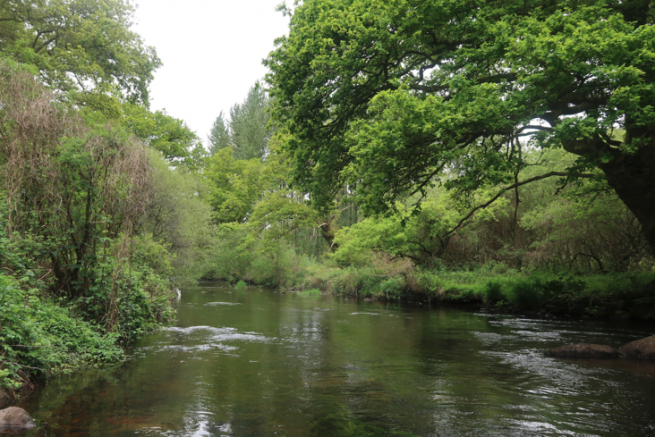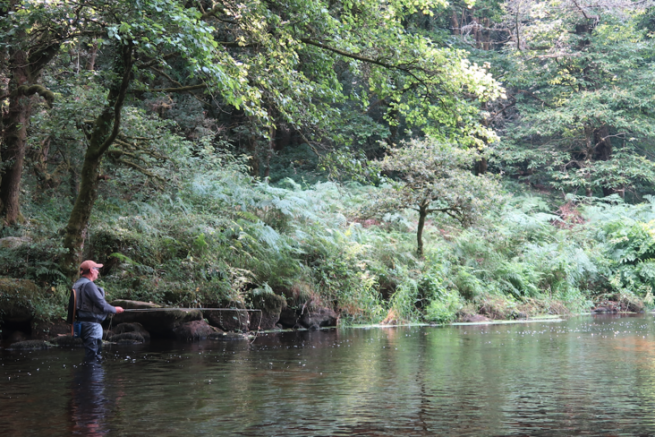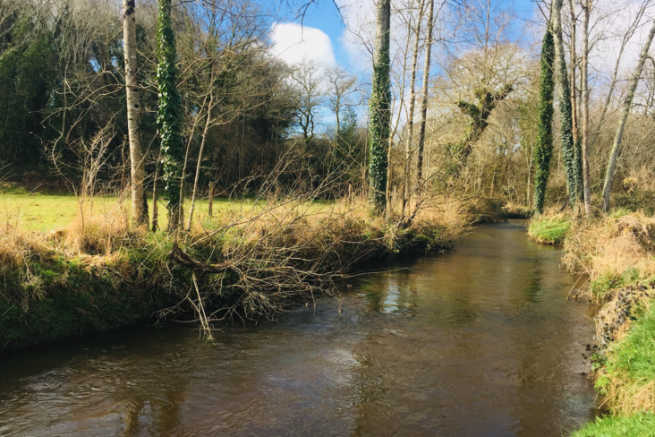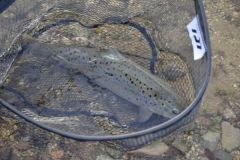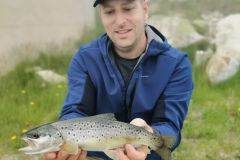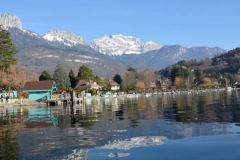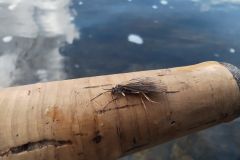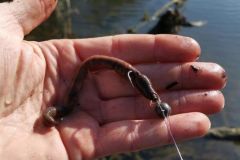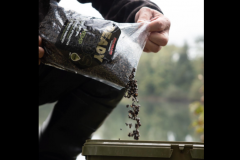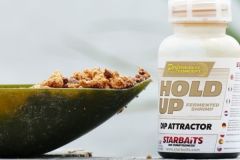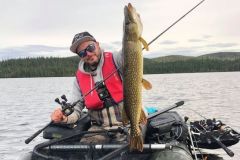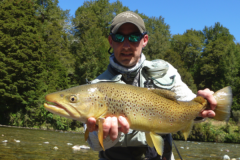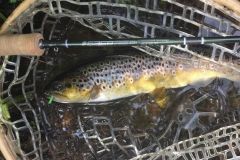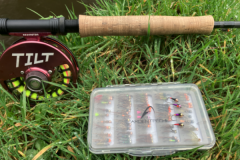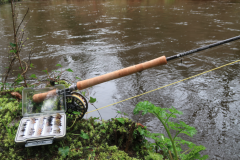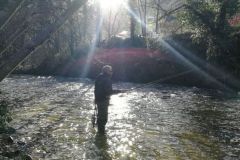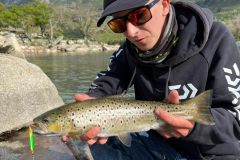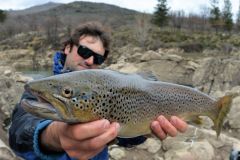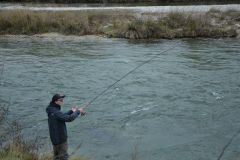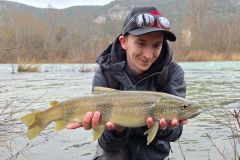Downstream fishing with streamer and drowning
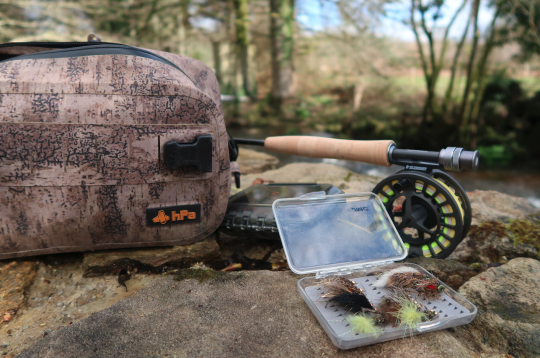
Fishing downstream (by going down the river) allows to fish slowly and to prospect well a river in its whole. The idea is to propose imitations under the surface at various heights of water, in particular very close to the bottom.
These two techniques are less commonly used by French fly fishers, but they allow to fish well in the cold waters of the beginning of the season and to catch fish as soon as the season opens.
Some modern fishing (nymphing) has gradually taken the place of more traditional techniques such as drowned fishing. However, this technique has the advantage of offering several flies (up to three) to our trout, and this at different levels. Therefore, it is possible to methodically prospect the different positions of a river quickly enough, regardless of the season.
Streamer fishing has been modernized a bit in the last few years with the appearance of new fly tying materials, but also of equipment (rod and line in particular).
Streamers are imitations of small fish (minnow, sculpin, loche) and large larvae that often interest early season trout. Trout that are looking for big prey to get back to health after the winter.
Upstream fishing in nymph or dry
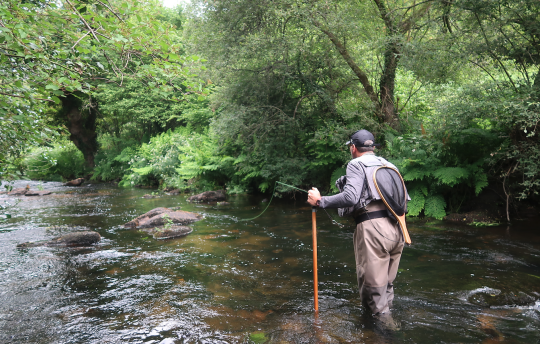
For a few years now, nymph fishing has interested more and more fishermen. The rarity of aquatic insect hatchings is the main reason. The other reason is the efficiency of this technique, which allows you to catch your first fish quickly, even if you are a beginner in fishing.
There are many different techniques of nymph fishing, each with its own type of leader, equipment and flies. Nymphs with thread, Spanish, Czech, but also dry nymphs allow to fish under water efficiently.
From the opening, by adapting its equipment and the weight of its flies, it is possible to fish nymphs with success. The nymphs can quickly reach the bottom and pass near the trout in search of all kinds of larvae. It is possible and recommended to use two nymphs (one tipped and the other in stem) to fish at two different heights and offer two different imitations.
Dry fly fishing is the one that most fly fishermen like to practice, because once placed on the water, we see the fish coming to the surface to gobble our imitation by creating a wave. It is a great pleasure for the eyes. However, at the beginning of the season, hatchings are rare and the trout are rather close to the bottom and not inclined to move. Nevertheless, during the warmest hours, small sedges, plecopterans and sometimes large mayflies can hatch and make the trout wake up from their lethargy.
NB: beware however of the regulation which forbids in some departments to fish by going up in the river before a certain date (April 15 or early May). A specific regulation in order to preserve the trout and salmon fry still little swimming and posted in the gravels, often where the fisherman crosses the river.
Versatility allows you to adapt to current conditions
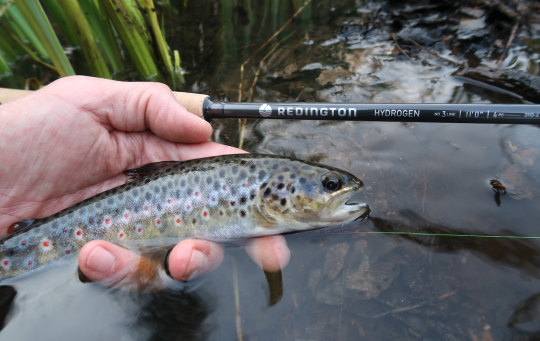
At the beginning of the season, versatility is often synonymous with success. Adapting means finding the best solutions for the activity of the fish and the conditions.
These four techniques can be used from the beginning of the season by choosing the one that will be the most favorable according to the type of river and stations, the height and temperature of water as well as the behavior of the trout.
The equipment is often quite different, but by carrying two rods, you can deal with many situations.
A rod of 8 to 9 feet with a line of 5 to fish in the water, but also in the dry during the hottest hours and according to the activity of the insects, will be well adapted.
A longer rod of 9.5 to 11 feet of 3/4 power depending on the size and congestion of the river for nymph fishing with line and streamer. Some anglers carry two rods with them. One in action and the other in the back or stuck in the waders. They change their technique in the blink of an eye and play the versatility.
